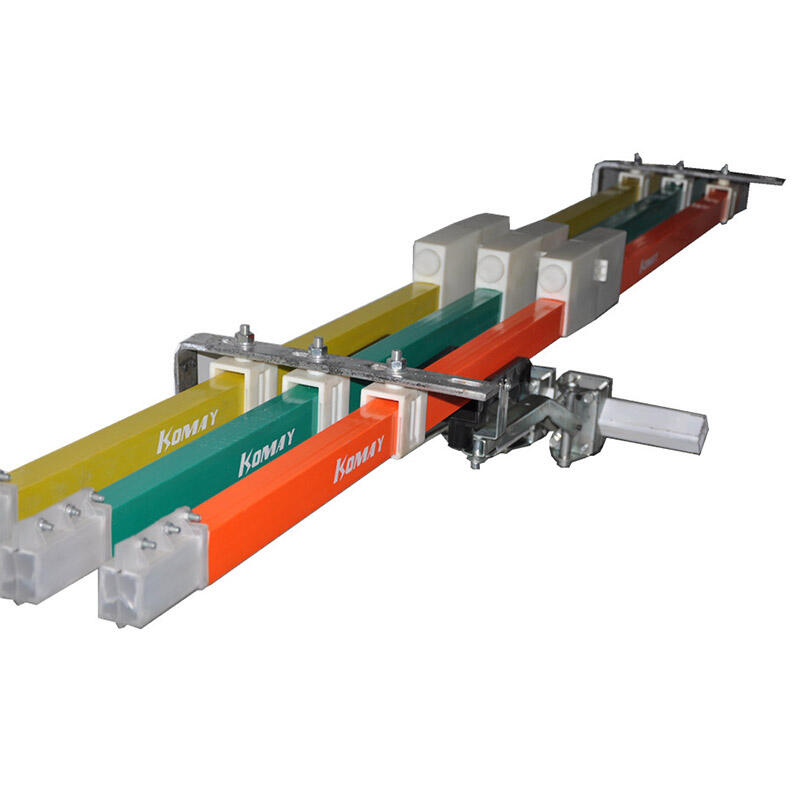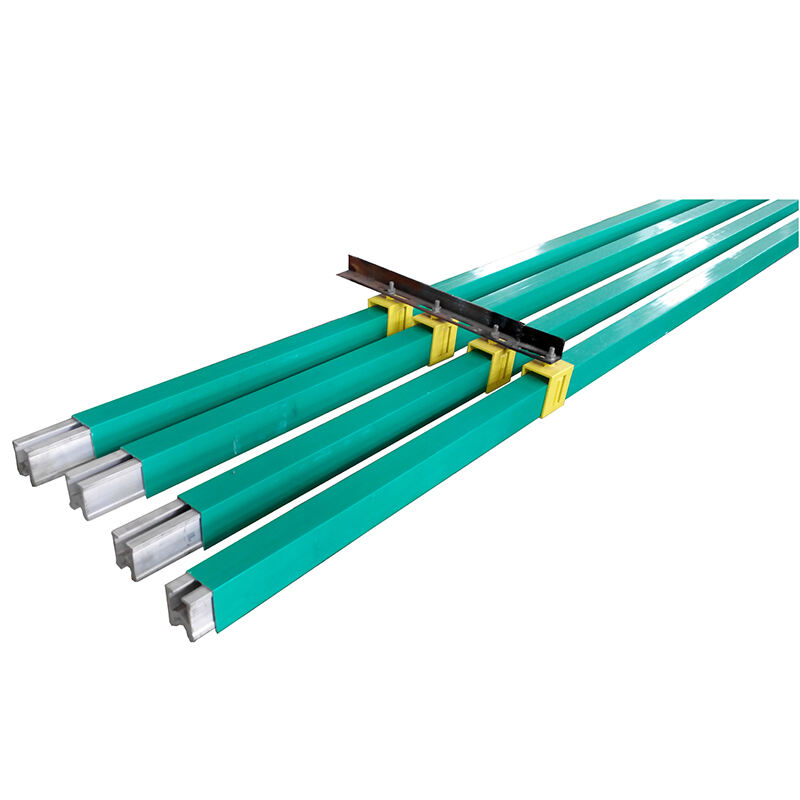Electricity is a magical thing which empowers many everyday devices. Yet, it can be quite a dangerous thing as well or else approached cautiously. This is why we employ insulated conductor rails to ensure the safety of our trains and keep them running. The special rails are really going to become beneficial on the time of letting the trains being operated without facing any biggest troubles.
Insulated Conductor Rail: a somewhat specific type of rail, that has some sort of protective cover around the conductor itself. This top is often constituted of a heavy duty plastic that can bear the full force of trains rolling upon it. This plastic is also flexible, which allows it to bend but does not damage the rail itself. The insulating material means the trains are safe for all those around them.
This is why most modern trains work on electricity instead of gas or some other fuel. The reason is that electricity is a cleaner, and more environmentally friendly energy source. The more electricity we use means less pollution released into the air, and a better environment for generations to come. We have to be able to find means of travel that are not damaging the environment.
But having a means to deliver such electricity reliably is critical - as evidenced by the role insulated conductor rails play in this process. Trains are able to safely connect with those electrical lines running along the rails using these contact rails. This implies that our trains can run without fear of child death because we must send someone up to the pointy bit at the front to shut it down or something, which increases safety for all operators.

Insulated conductor rails can deliver the required power without having overhead wires that would block traffic and present potential safety hazards on city transit systems. Instead, these rails operate nearly noiselessly and very effectively on both sides of the track. As the offset buses are separated and sometimes reintegrated by impedance bonding, they can run quickly without disturbing structures or equipment already in place.

There are always advances and improvements in the technology of insulated conductor rails. As these systems are constantly analysed by engineers and other experts, new methods of improving efficiency whilst also increasing consistency economy as well an ecological moving is promising to write increased!! This incremental advancement is necessary in order to meet a growing need for safe and reliable transit.

A good example of this is advanced materials, such as carbon fiber or nanomaterials for producing insulated conductor rails. These are the materials of choice because they tend to be light and strong which allows for a quicker and more efficient transportation. This allows for faster train operation, which is in the best interest of passengers and indeed, every other part of transit.